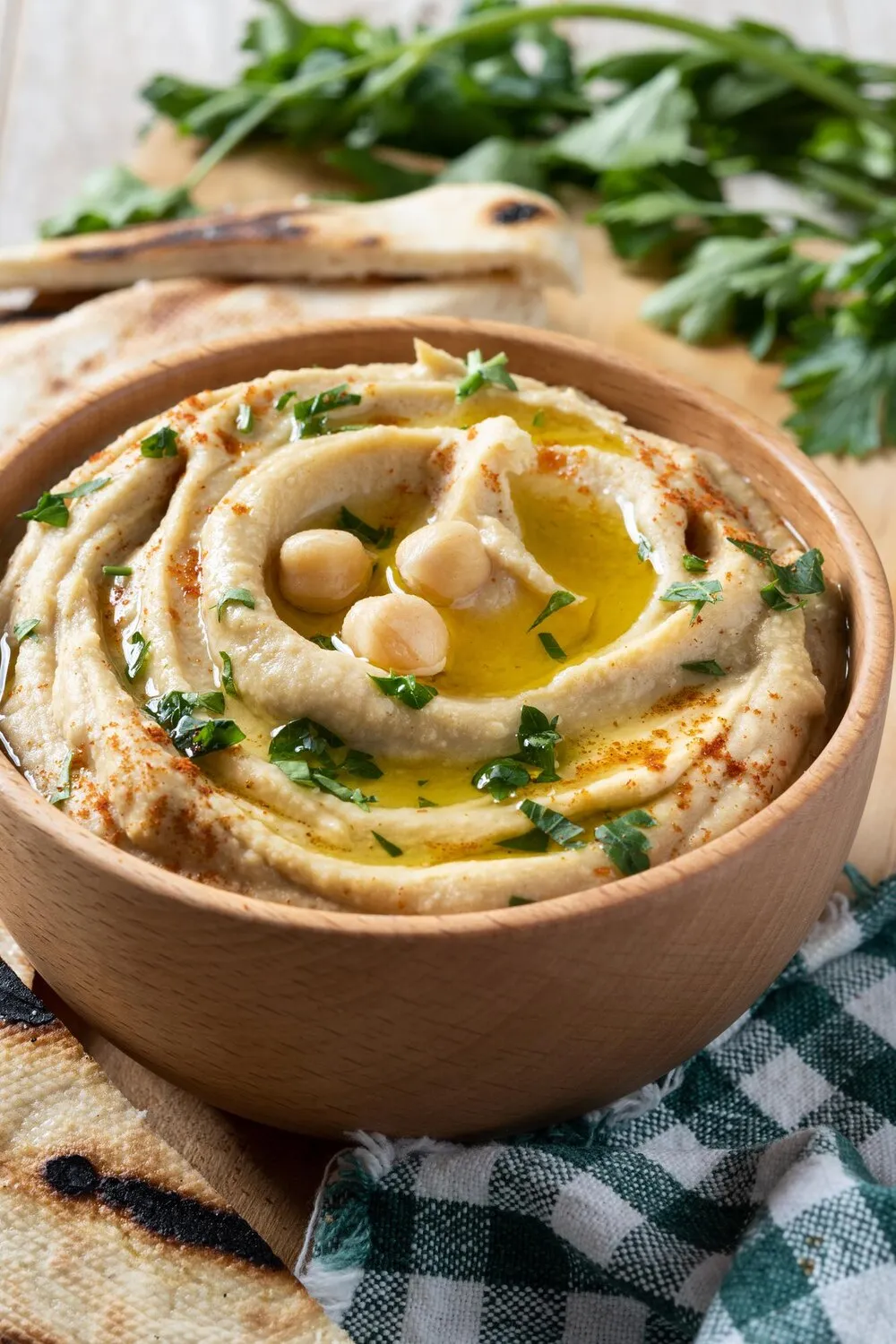
Kibe Cru
Raw kibbeh, a Levantine dish made of burghul (cracked wheat), minced meat (usually lamb or beef), and Middle Eastern spices.
Nutrition Facts
* The % Daily Value (DV) tells you how much a nutrient in a serving of food contributes to a daily diet. 2,000 calories a day is used for general nutrition advice.
The history of Kibbeh is deeply intertwined with the agricultural traditions of the Levant. The dish likely evolved from the necessity to preserve meat in a time before refrigeration, using bulgur wheat as a binder and flavor enhancer. Its variations reflect the diverse regional influences and available ingredients throughout the area.
Kibbeh Nayyeh holds significant cultural importance in the Levant, especially in Lebanon, often served as a celebratory dish for special occasions and gatherings, symbolizing hospitality and tradition.
Social Gathering
Kibbeh Nayyeh is typically prepared and enjoyed in a communal setting, fostering social connection and shared experiences. It's often a family affair, with everyone contributing to the preparation.
Symbol of Generosity
Serving Kibbeh Nayyeh is a sign of generosity and hospitality, demonstrating a host's willingness to share high-quality ingredients and effort with their guests.
Regional Variations
While the core ingredients remain the same, regional variations exist in the type of meat used, the specific spice blend, and the accompaniments served alongside it. These variations reflect the culinary diversity of the Levant.
Kibbeh Nayyeh offers a complex and vibrant flavor profile, balancing the richness of raw meat with the earthy tones of bulgur, the sharp tang of onions, and the aromatic warmth of Middle Eastern spices.
The dominant flavor is the rich, slightly gamey taste of the raw meat, typically lamb or beef. This is complemented by the nutty, earthy flavor of fine bulgur wheat which has been soaked in water to soften. Onions provide a sharp, pungent counterpoint, while a blend of spices like cinnamon, allspice, cumin, and mint adds depth and warmth. Some recipes include a touch of chili paste (harissa) for a hint of heat. Olive oil is essential, enriching the flavors and adding a smooth texture.
Meat Quality
Use only the freshest, highest-quality, leanest cut of meat, preferably from a trusted butcher. Freezing the meat for a short period (30 minutes to an hour) before grinding can help with the texture.
Bulgur Preparation
Use fine or extra-fine bulgur wheat. Soak it in cold water until softened, then squeeze out all excess water. The bulgur should be moist but not soggy.
Food Safety
Due to the raw nature of the dish, ensure all ingredients are handled with utmost hygiene. Use a clean cutting board and utensils. Consume the Kibbeh Nayyeh promptly after preparation and avoid storing it for extended periods.
Serving Suggestions
Kibbeh Nayyeh is typically served with pita bread, fresh mint leaves, green onions, and a drizzle of olive oil. Some people also enjoy it with labneh (strained yogurt) or a side of olives.
Explore additional Middle Eastern dishes and restaurants
Explore Middle EasternDiscover top dining spots and culinary experiences in Osasco.
Explore OsascoLearn more about the food culture, restaurant scene, and culinary heritage of Brazil.
Explore Brazil